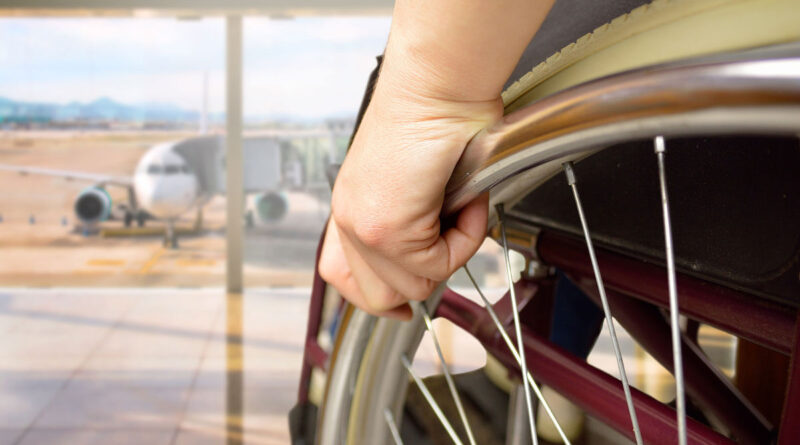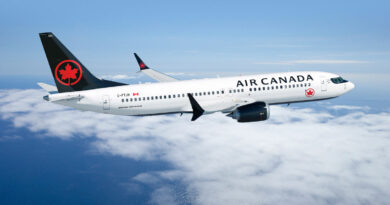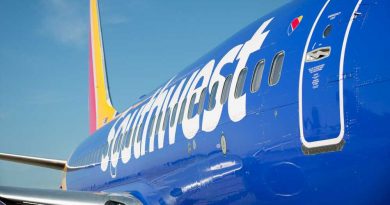United Airlines' flight filter for wheelchair users a welcomed first
Advocacy groups say that a United Airlines tool that will make it easier for customers to find flights on which their wheelchairs can be securely transported in the cargo hold is an important step toward making the flying process safer and less stressful for disabled travelers.
But they also say much more needs to be done by U.S. airlines to protect accessibility and safeguard mobility devices.
United plans to debut the first-of-its-kind flight filter early next year. At that time, the carrier will also begin reimbursing customers for any increase in airfare if an alternate flight is needed to accommodate their wheelchair — another U.S. airline industry first.
United agreed to these news steps as part of a settlement resolution with the DOT over a complaint filed against it by Engracia Figueroa, whose motorized wheelchair was broken on a July 2021 United flight.
Figueroa reported having to wait several hours at LAX that day in a manual wheelchair before being sent home in a different, ill-fitting chair. According to her family, her lawyer and disability advocates, Figueroa used that chair for weeks as she waited for United to fix her electric chair. During that time, she developed pressure ulcers that became infected and spread. She died on Oct. 31 of that year after emergency surgery failed.
In a joint statement, the advocacy groups Paralyzed Veterans of America, Hand in Hand, United Spinal Association and the Christopher & Dana Reeve Foundation said that Figueroa’s experience is all too familiar.
“It is critical that the airline industry better account for wheelchairs and meet accessibility standards with improved handling and stowage options of assistive devices, enhanced complaint processing and increased training of airline contractors to ensure passengers’ bodily safety,” the groups said, referencing in that last clause the injuries that flyers with disabilities have sustained while being transported via wheelchair on or off planes.
U.S. airlines have a troubling record when it comes to wheelchair handling. Last year, the 10 largest U.S. airlines mishandled 11,389 wheelchairs or scooters, or 1.54% of the chairs they carried, according to the DOT. That rate is far higher than the 0.64% of checked bags that airlines mishandled during the same year.
United’s booking tool will address a key cause of wheelchair damage: Depending on the aircraft, some chairs don’t fit upright through the cargo door or can’t be properly secured in the cargo hold. Regional aircraft are especially likely to present such problems, though they also can occur on larger, single-aisle planes, especially with large electric wheelchairs.
A provision in the House version of the pending FAA reauthorization bill seeks to ease those issues by directing airlines to publish stowage size dimensions for wheelchairs on their websites. For United customers, the new tool is designed to take on that information gap more directly.
Will other airlines follow?
Airline industry analyst Bob Mann of R.W. Mann & Co. said that the tool is a positive step. But he cautioned that from an effectiveness standpoint, it could be hit or miss. Airlines sometimes swap aircraft types at the last minute, which could result in an incorrect aircraft/wheelchair match. And even with a proper match, chairs could be damaged by ground handlers.
“The risk is, it turns out to be another one of the many marketing pitches that fall short due to real-world implementation challenges,” Mann said.
Mann said United’s tool and equal-price commitment for wheelchair users will have the attention of other U.S. airlines, but they’ll take a wait-and-see approach.
“Competitors who understand these issues will watch United perform or not, then decide whether, and if so, how to mimic them,” he said.
Source: Read Full Article



